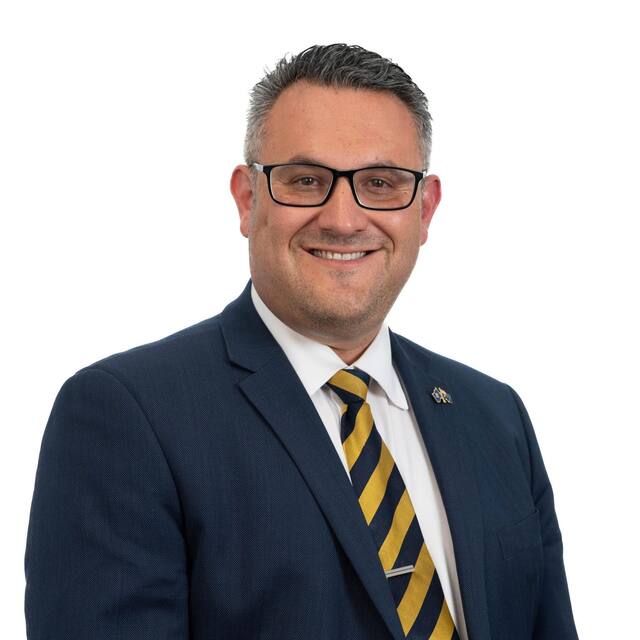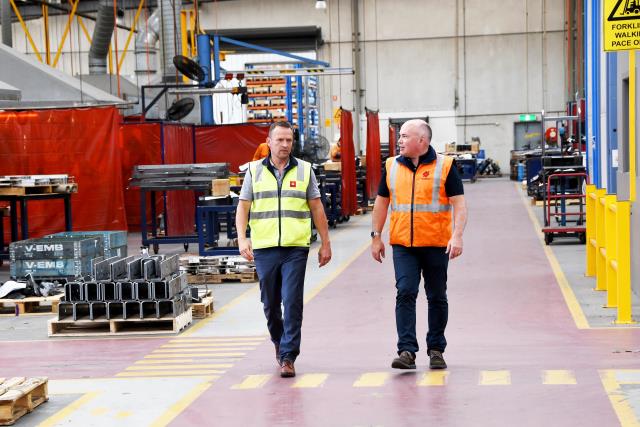THE NESTLE Peters Ice Cream factory has licked the runny edges of its water usage to produce savings equivalent to 13 Olympic-sized swimming pools.
The Mulgrave-based factory, Australia’s biggest ice cream manufacturer, is proving that manufacturers can be water savvy – despite it producing a frozen product.
Yarra Valley Water, the authority that oversees Nestle Peters’ water service, said the factory had cut back on water use in different departments to achieve the 20 per cent savings.
The efforts form part of the State Government’s ‘Our Water Our Future’ policy.
Yarra Valley Water managing director Tony Kelly said cut backs ranged from “cooling towers and cleaning the plant and equipment to actually making the product and using water to maintain personal hygiene.”
“The challenge in developing the Water Management Plan was to create systems that significantly reduce long-term water use while maintaining the high quality of output necessary for food manufacturing,” he said.
Nestle Oceania CEO, Jorge Sadurni said he was proud of Nestle’s work to reduce water usage.
“In the four years 2002-2006 our company reduced its water consumption globally by 34.6 per cent, while our overall food production volumes increased,” he said.
“Working closely with local authorities such as Yarra Valley Water is a highly effective way to ensure we keep improving in key environmental management areas.
“Mulgrave’s commendable performance highlights what can be achieved through a number of small, manageable, cost-effective steps, and we thank Yarra Valley Water for their help and guidance with this program.”
Mr Kelly said Nestle Peters had focused its effort on areas where simple changes would make a difference to the total site use.
He said that included changing cleaning systems to slash the volume of potable water used in cleaning processes, like the installation of efficient trigger nozzles.
Hose sizes were also reduced to 20 mm in order to decrease water flow.
Other initiatives undertaken by Nestle Peters include installing water efficient taps with flow control valves to cater for staff washing their hands each time they enter the plant, recycling wash water on three moulded lines, and recirculating water in the homogenising unit.
Mr Kelly encouraged businesses across the state to contact their local water company and work on a Water Management Plan.
“We hope that the efforts of Nestle Peters inspire other food manufacturers, big or small, to assess if they are using water in the most efficient and cost-effective way possible,” he says.
Putting a freeze on water use
Digital Editions
-

CRRA elects new committee for 2025-26
Following a special general meeting on November 29, the Casey Residents and Ratepayers Association (CRRA) has elected Anthony Tassone as its president for the 2025-26…





